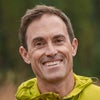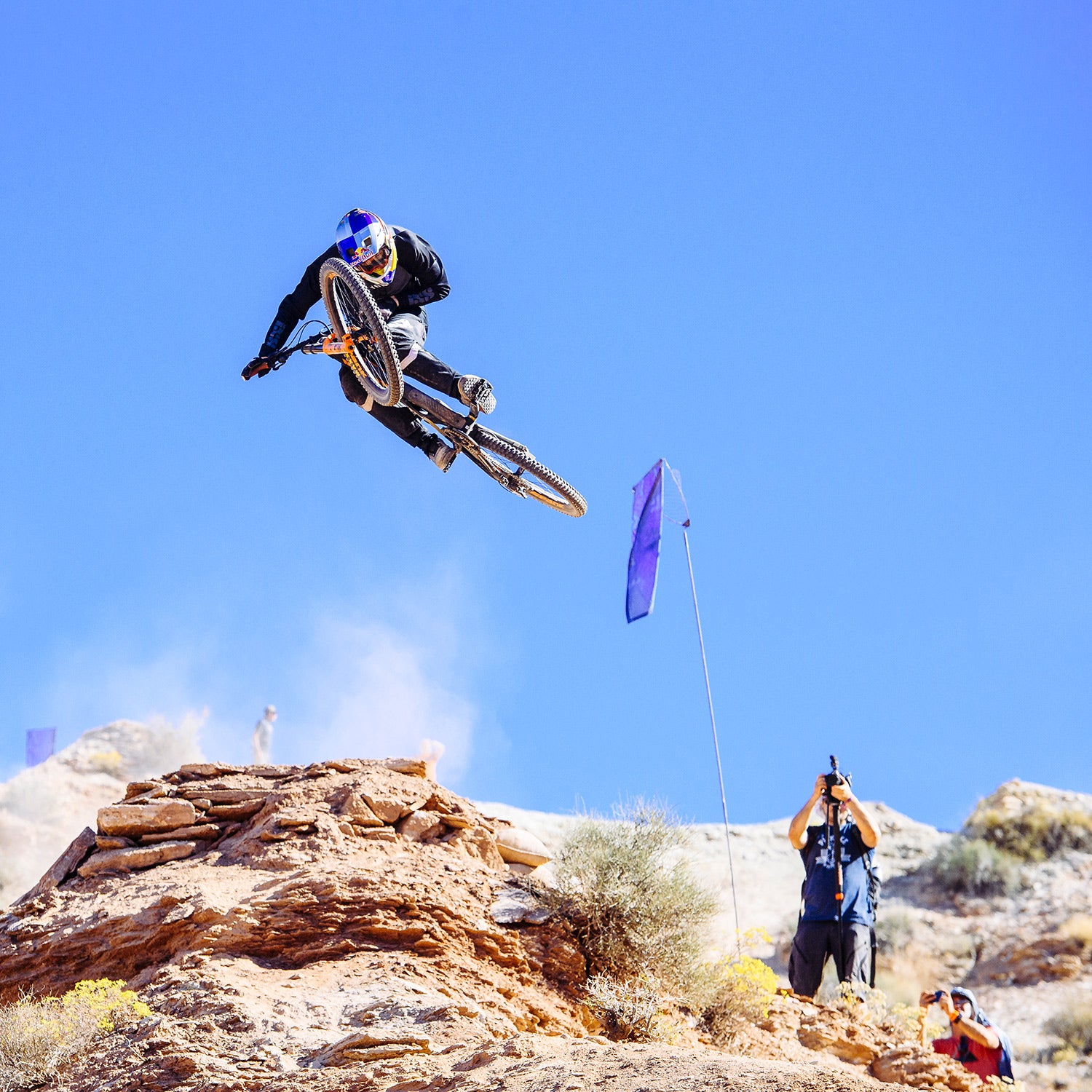It’s time to call bullshit on progression.
Too many of us are beholden to social-media expectations, the subjective scoring of action sports, and a desire to push increasingly out-there limits. Mountain bikers who once explored the woods to simply blow out the lungs now time their descents with Strava. Climbers who used to clip in and coach partners on big walls now free solo for sponsor dollars driven by Instagram. To impress followers, backcountry skiers accustomed to safe low-angle hippie pow followed by hibachi beers now yo-yo laps on the Grand Fucking Teton.
Increasingly, what we do outside is less about enjoying the activity itself as an intrinsic good, and more about planning ways to go bigger, faster, and farther, often for our selfie-stick mounted cameras. And so it went that once healthy outdoor pursuits devolved into suicide clubs.
Don’t believe me? Check the numbers. From 2007 to 2013, the Centers for Disease Control reported that rates of TBI-related emergency room visits in six years—this, while cars were getting safer. Brain surgeons and mountain town ER docs I spoke with have all told me they believe much of this increase was from action sports. More recently, Flight for Life Colorado reported a in rescues, with much of the bump in flights, at least anecdotally, attributed to folks crashing mountain bikes, busting themselves up jumping off bridges, and generally getting in way over their heads. Mountain bike injuries are on the rise as a whole. . In 2016, five cyclists died in Boulder County alone, and one lost his arm after descending a famed local climb too fast and entering the oncoming lane.
Increasingly, what we do outside is less about enjoying the activity itself as an intrinsic good, and more about planning ways to go bigger, faster, and farther for our selfie-stick mounted cameras.
I wrote about the rise of traumatic brain injuries in outdoor sports in 2013. But as a longtime outdoor writer and editor, I don’t need to see the statistics to know that we’ve lost all perspective. The list of the dead—my personal list—goes well into the double digits, and it soars again if you include friends with TBIs and broken nervous systems.
There’s been a shift in how we enjoy the outdoors. Back in the 1990s, you expected to hear about high altitude mountaineers dying from objective hazards, but until the past 10 years or so, deaths of elite skiers were exceedingly rare—all of the ski stars from the original Greg Stump movies from the late 1980s are still around on the slopes. As my close friend and ski photographer Lee Cohen, once told me, “Skiing was never meant to be about dying.”
I’ve been one of the lucky ones. Two of my friends and editing colleagues survived the that killed three of their ski industry friends. In 2015, yet another friend—one of America’s top ski mountaineers—watched as pulled two more friends to their deaths. I raised beers with the environmentalist Luke Lynch, one of the deceased, years before at an ���ϳԹ��� staffer’s wedding.
In nearly all these tragedies, some element of the progession mindset played a role. Elite athletes and adventurers charging, pushing the limits of their skills, the snowpack, or the mountains, and suddenly running out of room for error. Since the 1980s, avalanche forecasters have known that the more avalanche knowledge a backcountry user acquires, the more they believe that they can “manage” the snowpack. The dynamic is known as negative event feedback—the more events you survive, the more invincible you think you are. But , which, beyond the exposure, is perhaps why avalanche forecasters die in avalanches at higher rates than citizen backcountry skiers. Counterintuitively, skill—progression—only increases risk.
It’s not just the skiing, BASE jumping, and climbing communities in places like Tahoe and Jackson that are endangered. The latest development in mountain biking—an amalgamation of trail riding and downhill racing known as backcountry enduro—is a disaster disguised as a sport. In it, competitors ride uphill over untimed sections before racing the clock on rough trail. It’s gotten ridiculously fast as the gear and the riders get better and better.
Nick Truitt, the owner of Breck Bike Guides and a former enduro racer with a cross country background, says he doesn’t race enduro anymore because the fields are too stacked with ex-downhill racers who push the descents to suicidal speeds—without the once-standard DH safety gear like chest pads and a full-face helmet. Enduro pioneers way back in 2013 could win while riding at 80 percent. Now younger racers are riding at close to 100 percent just to end up in the top 10. “At those speeds,” says Truitt, “if one lug is torn off your tire or you strike a pedal, it can kill you. I have downhill skills but I’m no longer willing to take downhill risks in the backcountry.”
Will Olson was one such backcountry enduro athlete. A top-ranked Colorado enduro racer in 2015, it’s believed he struck a pedal on a rock while going 25 miles per hour during a Brush Creek race in Crested Butte and forcefully ejected over the bars. Like most competitors in backcountry enduro events, he was not wearing a full-face helmet or pads. He the trauma to his chest.
Hell, it could have been me. It took a series of crashes over two seasons to change my outlook. It began with broken ribs when I stuffed my front tire on a rock, progressed to a shattered helmet and a fractured hand when I washed out in a turn, and culminated in an exploded collarbone for me to recognize the dangers of routine charging on wheels. When my collarbone broke into shards, I was a fraction of force away from breaking my neck. Again I was lucky—it took an actual broken neck for a ski buddy from Montana to learn the same lesson and rein in his shredding.
Today, I can’t watch action footage without feeling sick. The joy of digital voyeurism is lost on me. I refuse to even glance at Alex Honnold outtakes. After 20 years reporting on outdoor sports death and losing friends, all I can think is how short such careers and lives prove to be. Most of the dead on my list were skiers, but “skier” was just a part of who they were. I miss seeing Shane McConkey lighting up the dance floor in Valle Nevado or Billy Poole cracking me up over breakfast at Snowbird. As a father and a husband, a brother and a son, I’m left to empathize with what their families went through. I close my eyes and see children growing up without parents.
Most recently, this past August, 17-year-old Carter Christensen on Boulder’s First Flatiron. By all accounts Christensen, who grew up in nearby Longmont before his family relocated to Minnesota, loved the outdoors. He aspired to be a Navy Seal. Moments before he fell he posted a selfie to Instagram. The caption: “Free climbed 1st flatiron.”


